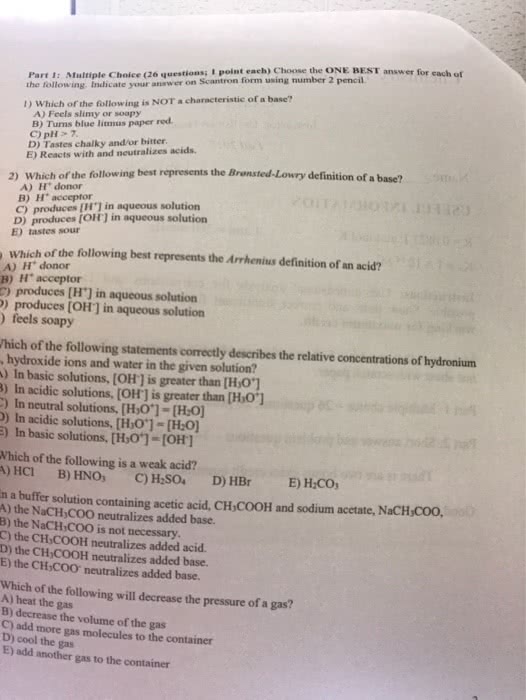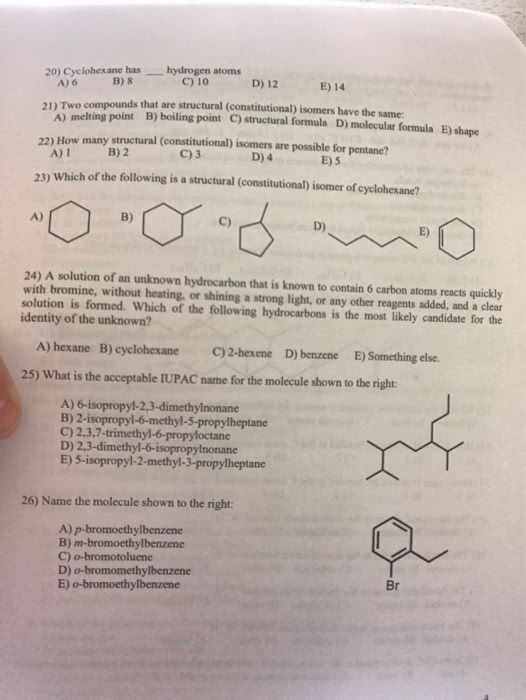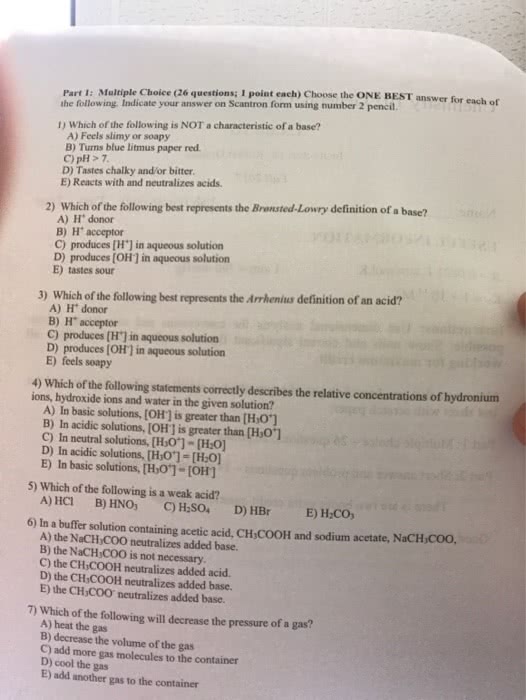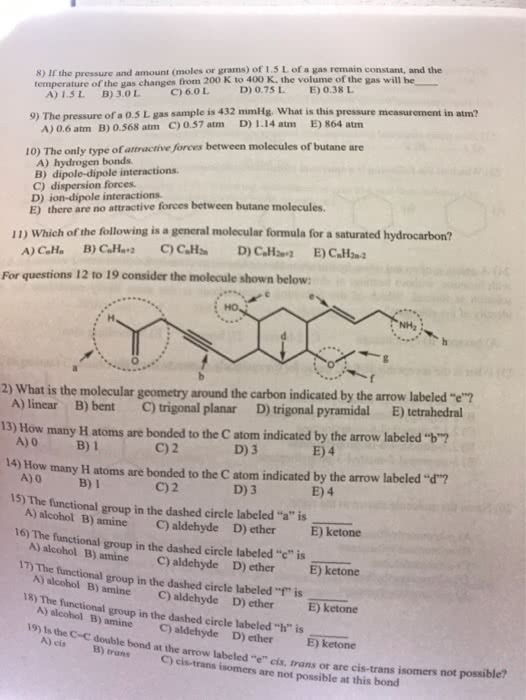CHM 145 Lecture 11: CHM 145 2/9/17
Document Summary
The arrhenius definition: acid = substance that produces h+ ions in h2o, (cid:883)(cid:914)(cid:932)(cid:918) = (cid:932)(cid:934)(cid:915)(cid:932)(cid:933)(cid:914)(cid:927)(cid:916)(cid:918) (cid:933)(cid:921)(cid:914)(cid:933) (cid:929)(cid:931)(cid:928)(cid:917)(cid:934)(cid:916)(cid:918)(cid:932) (cid:896)h (cid:922)(cid:928)(cid:927)(cid:932) (cid:922)(cid:927) h2o, acids and bases combine to form water: h+ (aq) + oh (aq) h2o (l) Br nsted-lowry model: acid = a h+ ion donor base = a h+ ion acceptor, an amphoteric substance is capable of behaving either as an acid or as a base (e. g. , h2o) For each acid or base, write the structure of its conjugate acid or base: The 6 strong acids to memorize: hcl, hbr, hi, hno3 , h2so4 , & hclo4: weak acids or bases have smaller k values and only partially ionize. Weak acids: acetic acid (hc2h3o2 ), hf, h3po4. Note: this value is only for solutions at 25 c! The ph scale: the p function is always log ( , (cid:929)h = l(cid:928)(cid:920)[h(cid:860) , (cid:929)(cid:896)h = l(cid:928)(cid:920)[(cid:896)h , pkw = ph + poh = 14.






